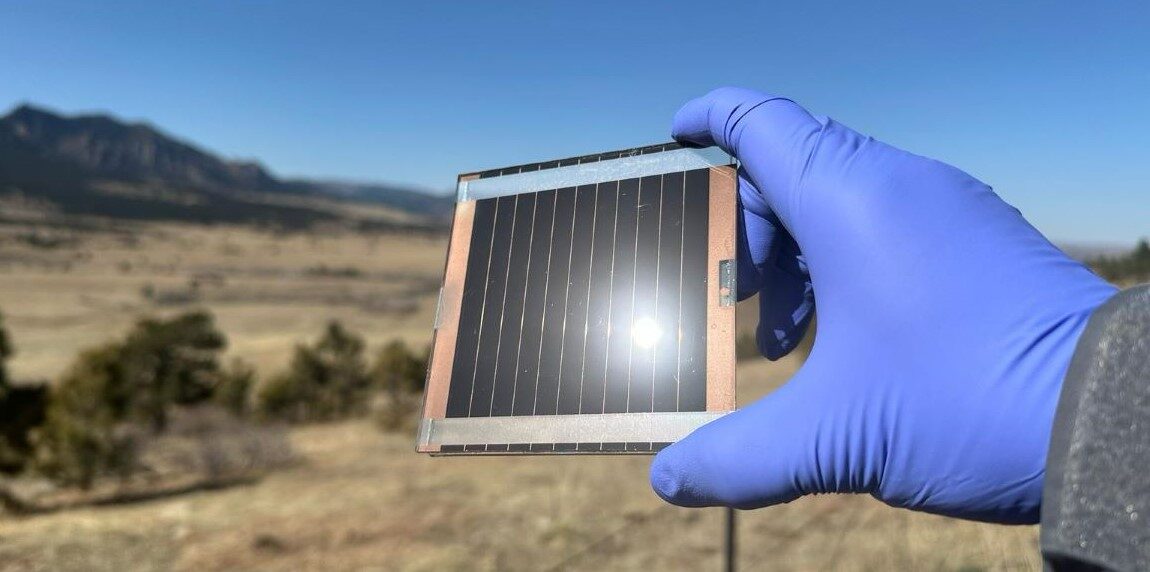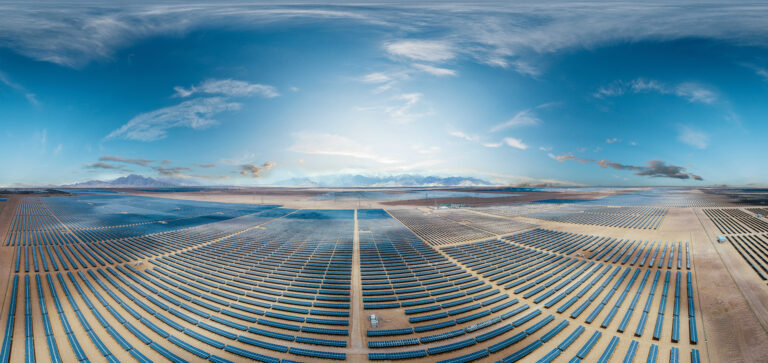The International Energy Agency predicts that solar energy will attract more investment than all other sources of electricity generation combined. Global energy spending will exceed $3 trillion for the first time this year.
The International Energy Agency (IEA) predicts that investment in solar photovoltaics will exceed $500 billion by 2024, exceeding the combined investment in all other sources of electricity generation.
According to the World energy investments 2024 According to a report from the IEA, total energy expenditure, including fuels and infrastructure, will exceed $3 trillion for the first time this year. Of that, $2 trillion will be spent on clean energy technologies.
pv magazine
The summer edition of pv magazine, out on Monday, takes to the beaches to chase advances in solar energy being developed on island nations around the world. Ranging from Mauritius to Réunion and from the Caribbean to the Orkneys, we look at solar energy on small islands and consider new mining techniques to meet the rising global demand for lithium as a battery material.
Investments in clean energy technology are increasing globally, with China leading the way, but significant increases in spending are visible on all continents. Overall, investments in renewable electricity generation are expected to reach a modest $770 billion.
The $770 billion figure is considered “moderate” because the sudden drop in solar panel prices has slowed dollar growth in solar investment, even as capacity continues to grow rapidly. The graph above shows that more money is going into solar than all other forms of generation combined, reaching $500 billion by 2024.
The IEA notes that by 2023, every dollar invested in wind and solar energy will produce 2.5 times more energy than a dollar spent on the same technologies a decade ago.

Global investment in fossil fuel generation is expected to reach $80 billion for new production facilities, with coal investment falling by 30% and gas investment by 8% compared to 2023 levels. Most of the total $3 trillion will be spent on fuel purchases, almost $1.1 trillion, with only a low single-digit percentage going to low-emission fuels.
Investments in wind energy are expected to reach $200 billion, while nuclear energy could reach $80 billion, which is double the investments in 2018. Battery storage is expected to reach $50 billion.
Private household investment in energy has doubled from 9% of the total in 2015 to 18% at the end of 2023, largely thanks to spending on rooftop solar, building efficiency and electric vehicles. Since 2016, households have been responsible for “40% of the increase in clean energy spending”, which the IEA says is by far the largest share. Advanced economies saw 60% of their growth come from private decisions, supported by strong policy support.
The moderating effect of falling hardware prices for solar panels, energy storage and, to a lesser extent, wind turbines, has significantly offset the increased capital costs.

Even with higher capital costs, and as hardware manufacturers face financial challenges, sustainable projects themselves are seeing improved profitability. The IEA reports that returns on investment capital will increase by a third in 2023 compared to the previous year, due to the falling costs of hardware. The drop in solar panel prices in itself has reduced the expected levelized electricity costs for solar facilities by 5%, with energy storage projects having an even greater payback period. as a result of their own price drops.
This content is copyrighted and may not be reused. If you would like to collaborate with us and reuse some of our content, please contact: editors@pv-magazine.com.
Popular content



